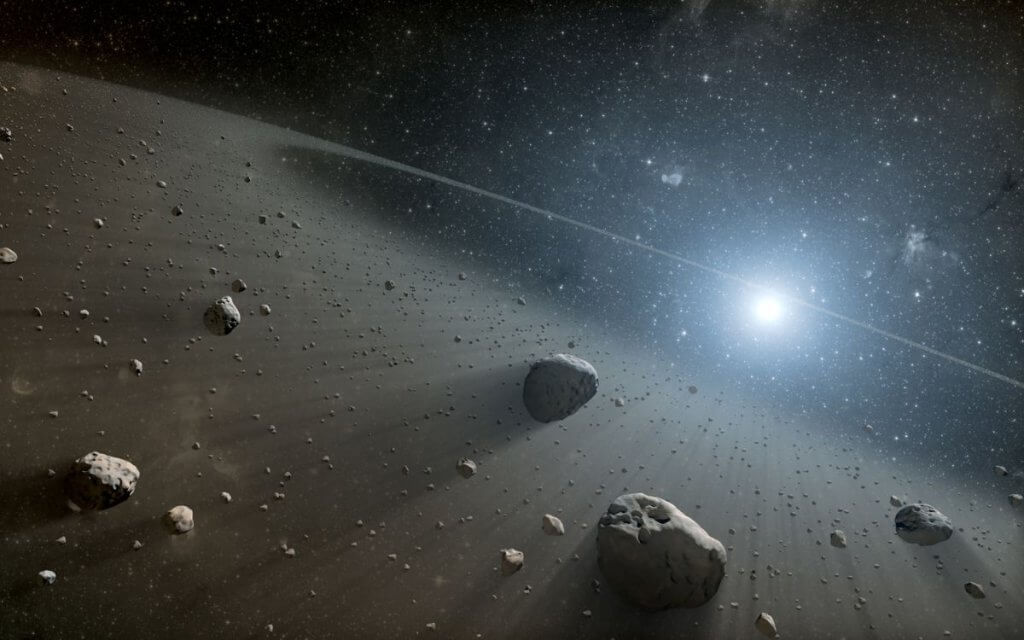
See asteroid Iris 7 make its close approach to Earth tonight (Image Credit: Space.com)
Asteroid Iris 7 will be opposite the sun, an arrangement called opposition, on the evening of tonight, April 30, offering skywatchers an excellent opportunity to spot this fascinating space rock.
At the same time as it reaches opposition, Iris 7 will also make its closest approach to Earth or Perigee, meaning the asteroid is also bright in the night sky.
The large main-belt asteroid which orbits the sun between Mars and Jupiter will be above the horizon for the majority of the night and into the morning of May 1. Regardless of position across the globe, Iris 7 will reach its highest in the night sky around midnight local time, and it will be seen in the constellation of Libra.
Related: Night sky: What you can see tonight [maps]

Looking for a telescope to see the moon and more up close? We recommend the Celestron Astro Fi 102 (opens in new tab) as the top pick in our best beginner’s telescope guide. Don’t forget a moon filter!
From New York City Iris 7 will be visible from 22:33 EDT (0233 GMT) when it rises to 21 degrees over the horizon to the southeast, according to In the Sky. (opens in new tab) The asteroid will reach its highest in the night sky at around 00:46 EDT (0446 GMT). Iris 7 will disappear at around 02:59 EDT (0659 GMT) when the asteroid sinks to below 21 degrees over the horizon to the southwest.
This ideal time to spot Iris 7 occurs as the asteroid makes its closest approach to the point in the sky over Earth that is exactly opposite the sun. The three celestial bodies are in a straight line with our planet in the middle of Iris 7 and the sun. Our star sinks to its lowest point below the horizon at around 12 am, meaning the point opposite it is at its highest at the same time.
During its Perigee Iris 7 will come to within around 179 million miles of Earth reaching a brightness of magnitude of 9.6. This means the asteroid will still be quite faint and thus isn’t visible to the naked eye, thus requiring binoculars or a telescope to be seen.
Iris 7 was first discovered in 1846 by J. R Hind and was the seventh asteroid to be discovered. The asteroid is believed to be around 124 miles (200 kilometers) wide and it has an extremely reflective surface thanks to its composition of nickel-iron metals, magnesium, and iron silicates.
This composition and the fact that the 3.7 Earth-year orbit of Iris 7 brings it close to the sun means this asteroid is the fourth brightest space rock in the main asteroid belt, after Vesta, Ceres, and Pallas.
If you are hoping to catch a look at the Iris 7 while the asteroid is in opposition, our guides to the best telescopes and binoculars are a great place to start.
If you’re looking to snap photos of the night sky in general, check out our guide on how to photograph the moon, as well as our best cameras for astrophotography and best lenses for astrophotography.
Editor’s Note: If you snap an image of the asteroid Iris 7, and would like to share it with Space.com’s readers, send your photo(s), comments, and your name and location to spacephotos@space.com.





